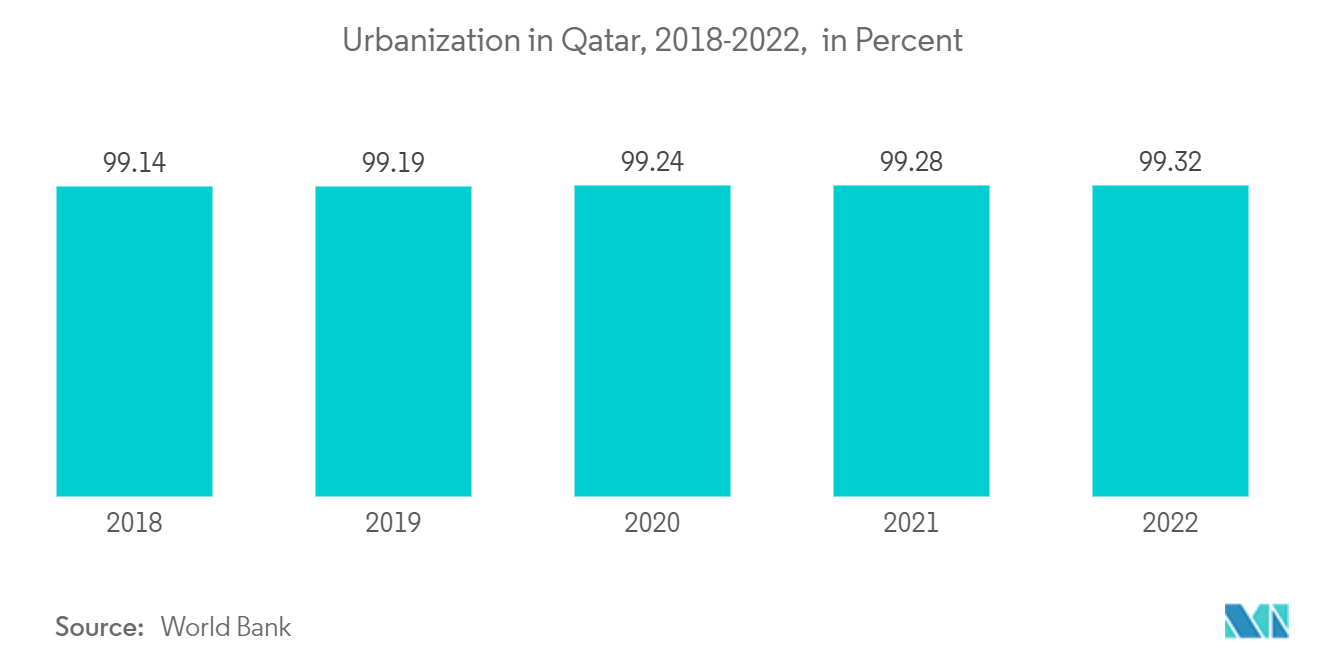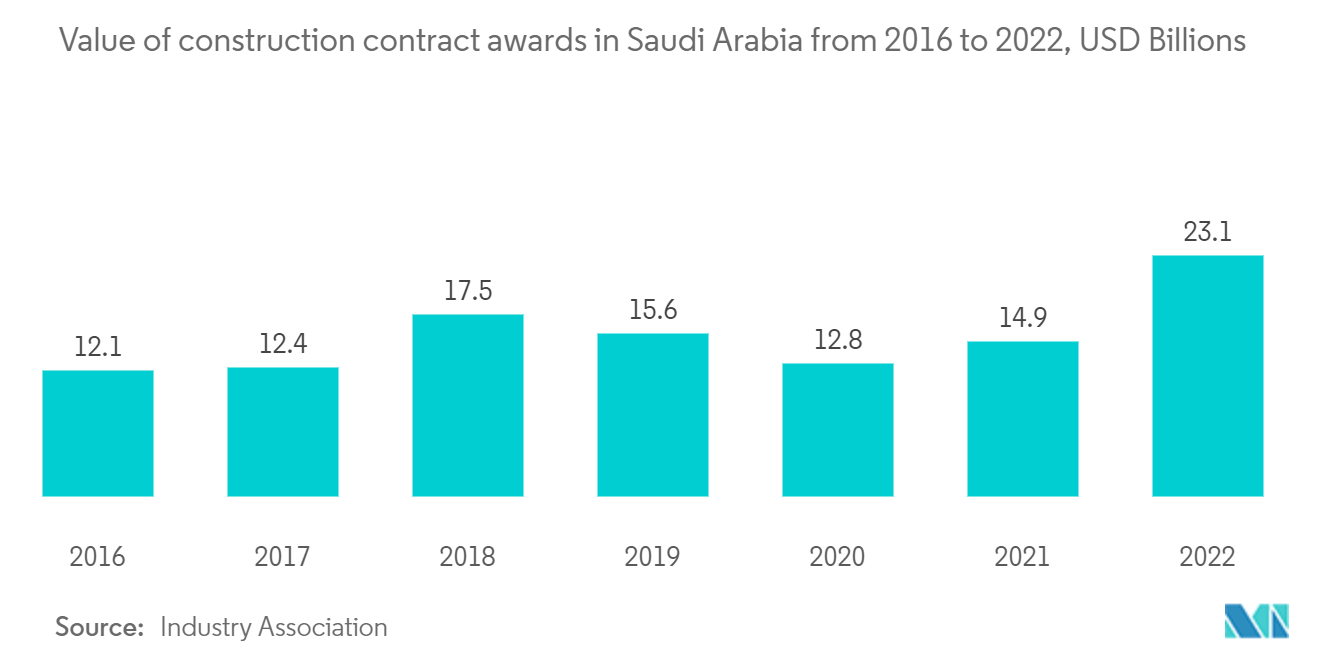Market Trends of GCC Prefabricated Housing Industry
Rising Demand for Single Family Type in the Region Fuelling the Market Demand
Single-family prefabricated housing is becoming increasingly popular in the GCC region due to its many advantages, such as faster construction times, lower construction costs, greater energy efficiency, reduced environmental impact, and greater design flexibility. Many GCC governments are supporting the development of prefabricated housing as part of their efforts to boost economic reliance on the oil and gas industry.
Prefabricated homes can be constructed in as little as 3-6 months, compared to traditional homes, which can take up to 18-24 months to build. This is because prefabricated components can be manufactured off-site, in a controlled environment, and then assembled at the building site. Prefabricated homes can be up to 20% less expensive than traditional homes due to the use of standardized components and off-site manufacturing. This can save homeowners a significant amount of money over the long term.
The GCC region is experiencing rapid population growth and urbanization, which is putting a strain on the availability of affordable housing, prefabricated homes can help to address this need by providing an affordable and sustainable housing option. For example, According to the sources, the share of the urban population in the region is forecast to be 84% by 2030. The Red Sea project is located in Saudi Arabia and is expected to include over 1,300 prefabricated homes.
The Lusali Marina Village is located in Qatar and is expected to include 1,000 prefabricated homes. The Yas Acre Development is located in Abu Dhabi and is expected to include 800 prefabricated homes are some of the examples of single-family prefabricated housing projects in the region. As the demand for affordable, sustainable, and efficient housing continues to grow, prefabricated homes are expected to play an increasingly important role in the GCC construction market.

Increasing demand for prefabricated housing in Saudi Arabia
In Saudi Arabia, the housing shortfall is growing. To address this deficit, the government established a Real Estate Development Fund, which includes various financing schemes to increase the homeownership rates. In 2022, the density of Saudi Arabia's population amounted to 17.19 inhabitants per sq km. Factors such as growing construction activities, demand for affordable housing, social change, and a need to support the population with access to more plentiful and better-quality accommodation are expected to drive the prefabricated buildings market growth in Saudi Arabia.
Additionally, the rising trend of providing housing facilities to migrant blue-collar laborers working on ongoing construction and industrial projects is also expected to boost the demand for modular construction. Affordable housing unavailability due to population growth and an influx of migrants has encouraged the prefabricated home demands in Saudi Arabia. Rapid urbanization and upcoming infrastructural projects further provide a thrust to the prefabricated structure market in Saudi Arabia.
The residential construction industry in Saudi Arabia is facing a shortage of affordable housing as a result of a growing population and an influx of expatriates. This has encouraged the demand for prefabricated homes, as they are cost-effective and time-efficient. Furthermore, prefabricated buildings are more environmentally friendly than conventionally constructed buildings, as they do not generate any on-site waste. This is projected to positively influence the market demand in the upcoming years. Moreover, energy efficiency, design flexibility, and faster completion are some of the other advantages of prefabricated buildings, which are anticipated to drive market growth.
Backed by the Ministry of Housing, the modular construction undertaking is relied upon to help Saudi Arabia's homeownership strategy, which predicts 70% of residents owning homes by 2030. Moreover, Saudi Arabia's recent budget shows that the government is focusing on infrastructural reforms as per the 2030 vision.
Red Sea International (RSI) company has been awarded two contracts to manufacture and supply prefabricated steel structures for the MDLBEAST music festival in Riyadh. The contract value for these projects is SAR 58.87 million (USD 15.69 million).
In October 2023, Saudi Arabia’s housing ministry penned a non-binding MOU with Silicon Valley-based high-tech builder Katerra. If the process is expedited, the agreement would see Katerra establish 8 factories in the kingdom, capable of manufacturing 50,000 housing units a year and creating 15,000 jobs.

